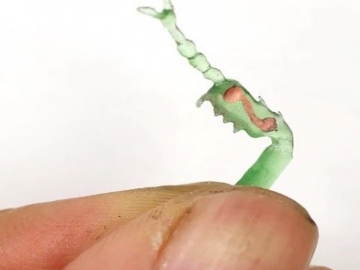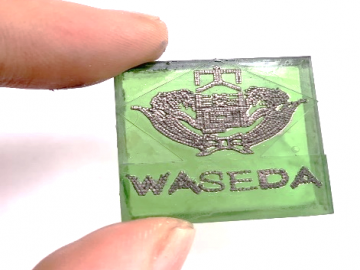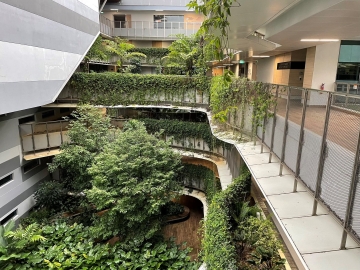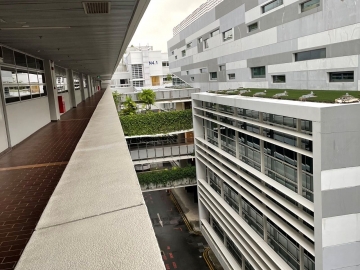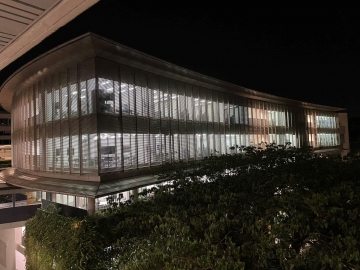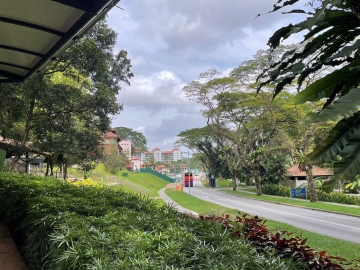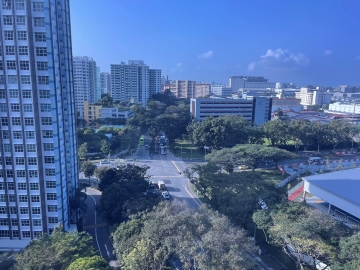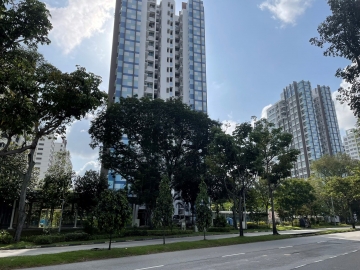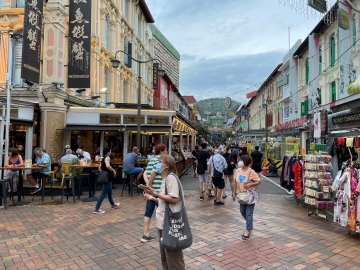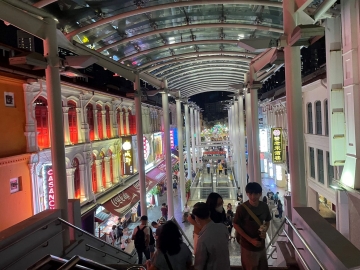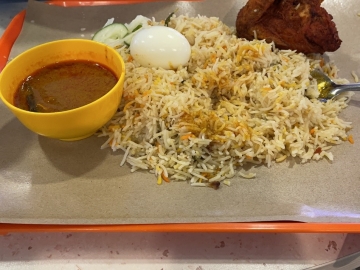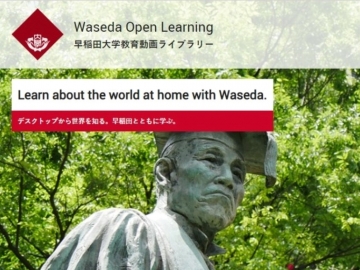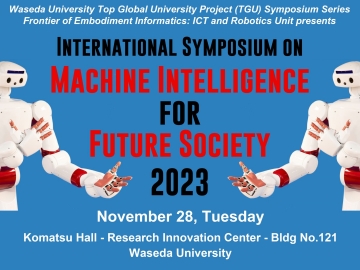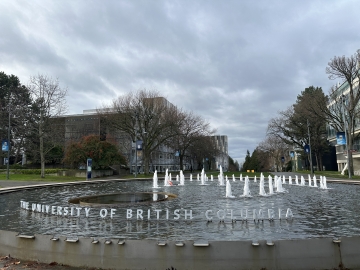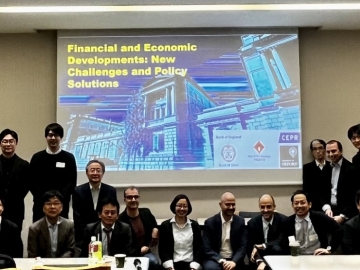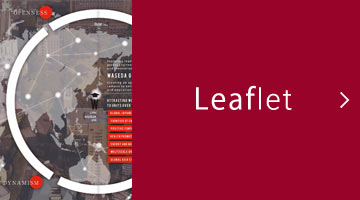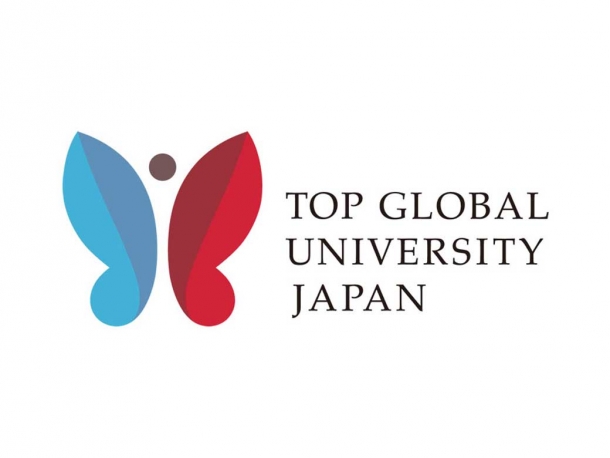Below is a study abroad experience report from Kewei Song (2nd year Doctor’s student, School of Creative science and Engineering), who was able to go to Singapore to study at Nanyang Technological University. This study abroad experience was possible due to support from Waseda University’s Top Global University project “Waseda Goes Global”, referred to as TGU below.
Kewei SONG
- Study Abroad University: Nanyang Technological University
- Country/Region: Singapore
- Visiting Period: September 2022 to March 2023
Reason for study abroad
The key to building devices is to create 3D metal models on complex parts, and such devices will help make robots more functional and intelligent. However, this approach is limited in resolution, complexity, and cycle time. With the help of multi-material 3D printing technology and electroless plating technology, complex three-dimensional structures can be constructed from the surface to the interior. In this way, applications in the fields of the Internet of Things and robotics can be realized. Professor Umezu of Waseda University and Professor Sato of Nanyang Technological University will jointly conduct the above project, and I will conduct research at Nanyang Technological University as a researcher at Waseda University, and I hope to be mentored by various teachers and academic environments. This is very important to my academic career and the smooth running of this program. This research project is expected to be applied in the field of robotics to realize the manufacture of more sophisticated and complex 3D plastic-metal composite structures. The results are expected to be published in world-renowned academic journals.
Content of the study program
With the support of TGU, I had the privilege to conduct a 6-month joint research at Nanyang Technological University, Singapore. I conduct research in a research group affiliated with the School of Mechanical and Aerospace Engineering that focuses on a new generation of micro-living robots, led by Prof. Hirotaka Sato. My task is to use micro-nano manufacturing technology to manufacture a robot for this living insect robot. We hope that the manufactured smart devices can help robots better complete the task of search and rescue.
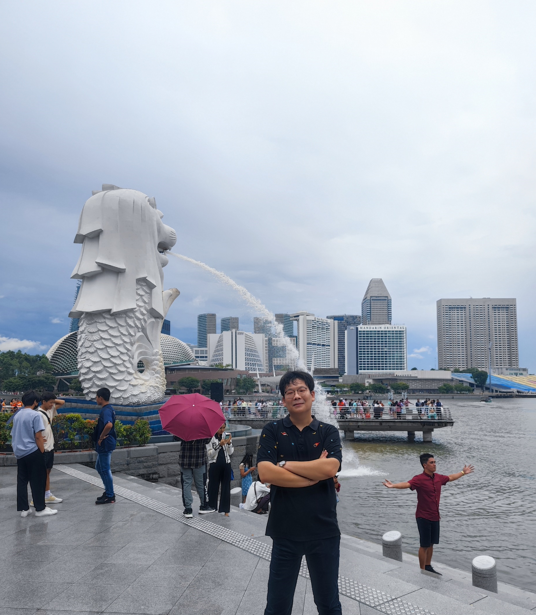
Study results
At NTU research group, I conducted in-depth exchanges with researchers here and fully investigated the problems of living insect robots. Through this process, I discovered that devices for robotics are mostly composed of metal-plastic composite structures, and that there are huge hurdles in making these types of devices using traditional techniques. Therefore, we propose a new strategy to achieve high-precision fabrication of arbitrary metal-plastic parts with complex structures. This technology cleverly uses multi-material 3D printing technology and electroless plating technology. After 6 months of joint research, we have gradually perfected the process. In addition, we have tried to use this technology to manufacture the equipment needed for insect robots, which has a good application prospect.
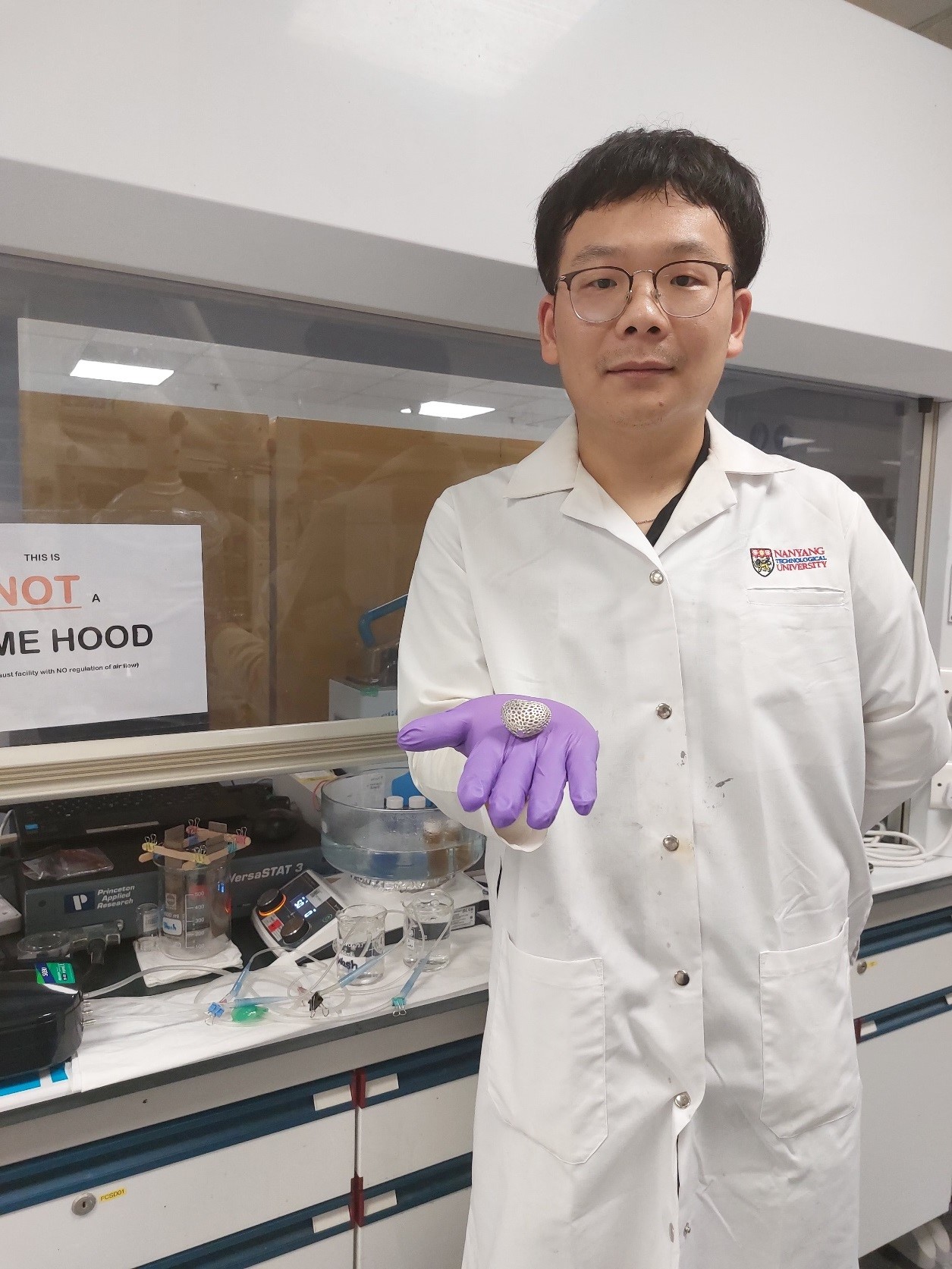
Results of the study at NTU
Relying on this research project, I have already published two papers in cooperation with colleagues from NTU. The details are as follows:
- SONG, Kewei, et al. New Metal–Plastic Hybrid Additive Manufacturing for Precise Fabrication of Arbitrary Metal Patterns on External and Even Internal Surfaces of 3D Plastic Structures. ACS Applied Materials & Interfaces, 2022, 14.41: 46896-46911.
- PERERA, A. T. K., et al. Modified polymer 3D printing enables the formation of functionalized micro-metallic architectures. Additive Manufacturing, 2023, 61: 103317.
In addition, we are still in the pipeline for new paper submissions.
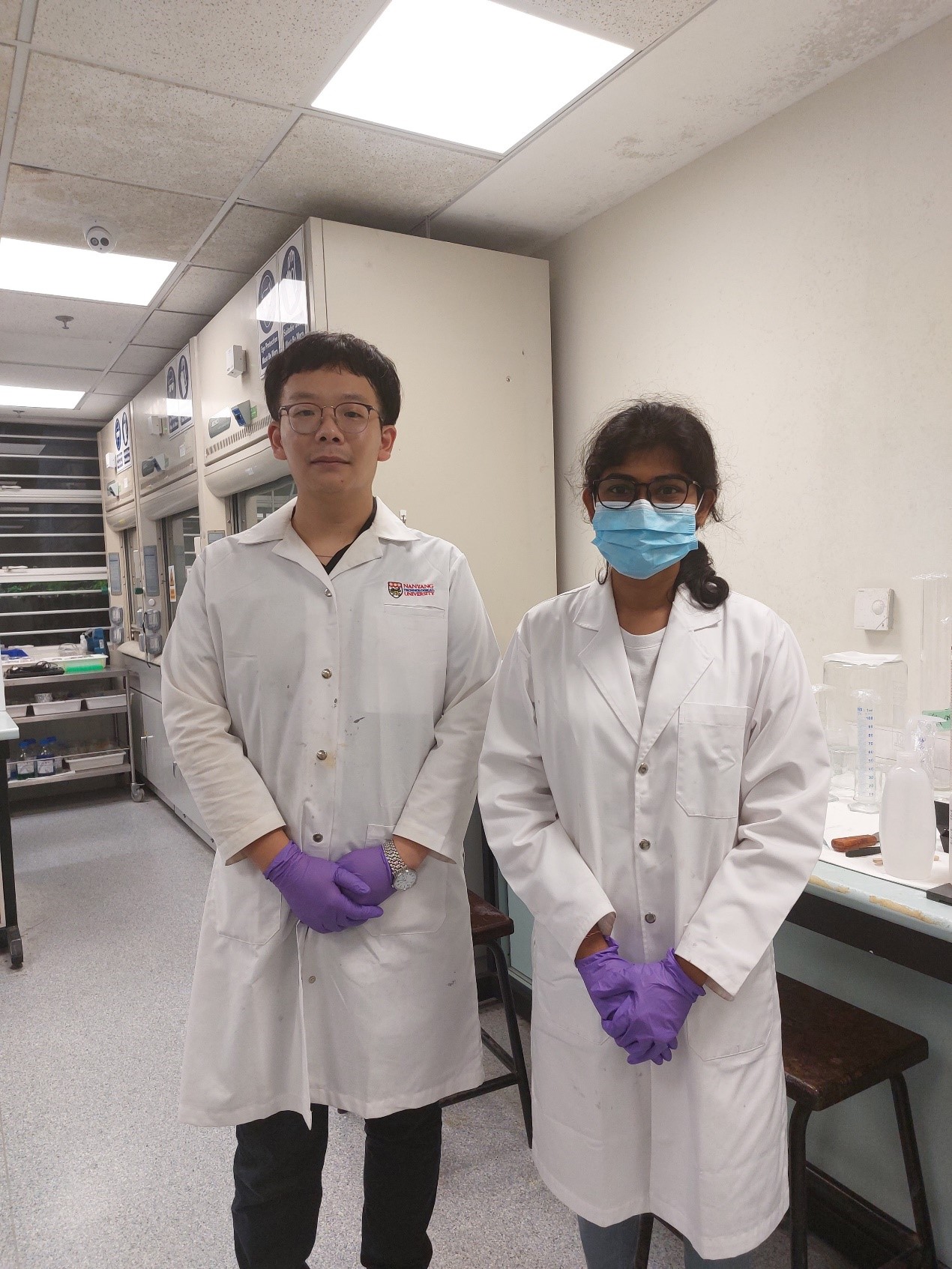
My experience abroad
Singapore is a multicultural society and one of the most international countries in the world. The warm climate throughout the year makes life here full of surprises. Here, I experienced food and culture from all over the world, and made different young friends from all over the world. In particular, NTU is currently one of the most famous universities in the world. I also experienced a different research atmosphere here and learned a lot.
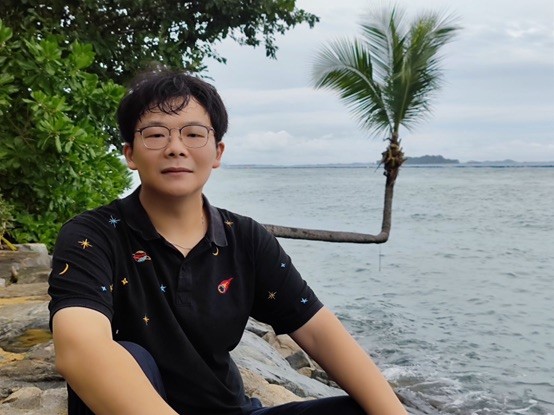
Environment of NTU
NTU has a sprawling campus that covers over 200 hectares of land. The university is situated in the southwestern part of Singapore, in the Jurong West area. The campus itself is designed to be environmentally friendly and sustainable, and there are numerous green spaces and gardens scattered throughout the campus. The university has a number of LEED-certified buildings and has implemented various measures to reduce its carbon footprint and conserve energy. In addition to the campus itself, the surrounding area is also quite diverse and includes a mix of industrial areas. There are also several parks and nature reserves nearby, including the Jurong Lake Gardens and the Bukit Timah Nature Reserve, which offer opportunities for outdoor recreation and exploration.
Overall, the environment of NTU is one that is focused on sustainability and innovation, and it provides a unique and exciting setting for learning and research. The half-year study and research life here is very pleasant. Not far from the laboratory is a large shopping and food center, very convenient.
International exchange at NTU
My 6-month international exchange at Nanyang Technological University (NTU) was an incredible experience that I will always cherish. From the moment I arrived on campus, I was impressed by the beautiful surroundings, the modern facilities, and the warm and welcoming atmosphere. The academic experience at NTU was top-notch. The courses I took were challenging and engaging, and I appreciated the opportunity to learn from professors who are leaders in their fields. I was also impressed by the range of courses available, which allowed me to explore new areas of interest and expand my academic horizons. Outside of the classroom, there were many opportunities to get involved and meet new people. I participated in a number of student clubs and organizations, which allowed me to connect with students from all over the world and learn about different cultures and perspectives. I also had the chance to attend a variety of cultural events and festivals, which gave me a deeper appreciation for Singapore’s rich history and traditions. One of the highlights of my experience at NTU was the support I received from the university’s staff and faculty. From the moment I arrived, I felt like I had a team of people who were dedicated to ensuring that I had a successful and fulfilling experience. They were always available to answer my questions, provide guidance and support, and help me navigate any challenges that arose.
Overall, my 6-month international exchange at NTU was an unforgettable experience that exceeded all of my expectations. I would highly recommend this program to anyone who is looking for an immersive and enriching academic and cultural experience.
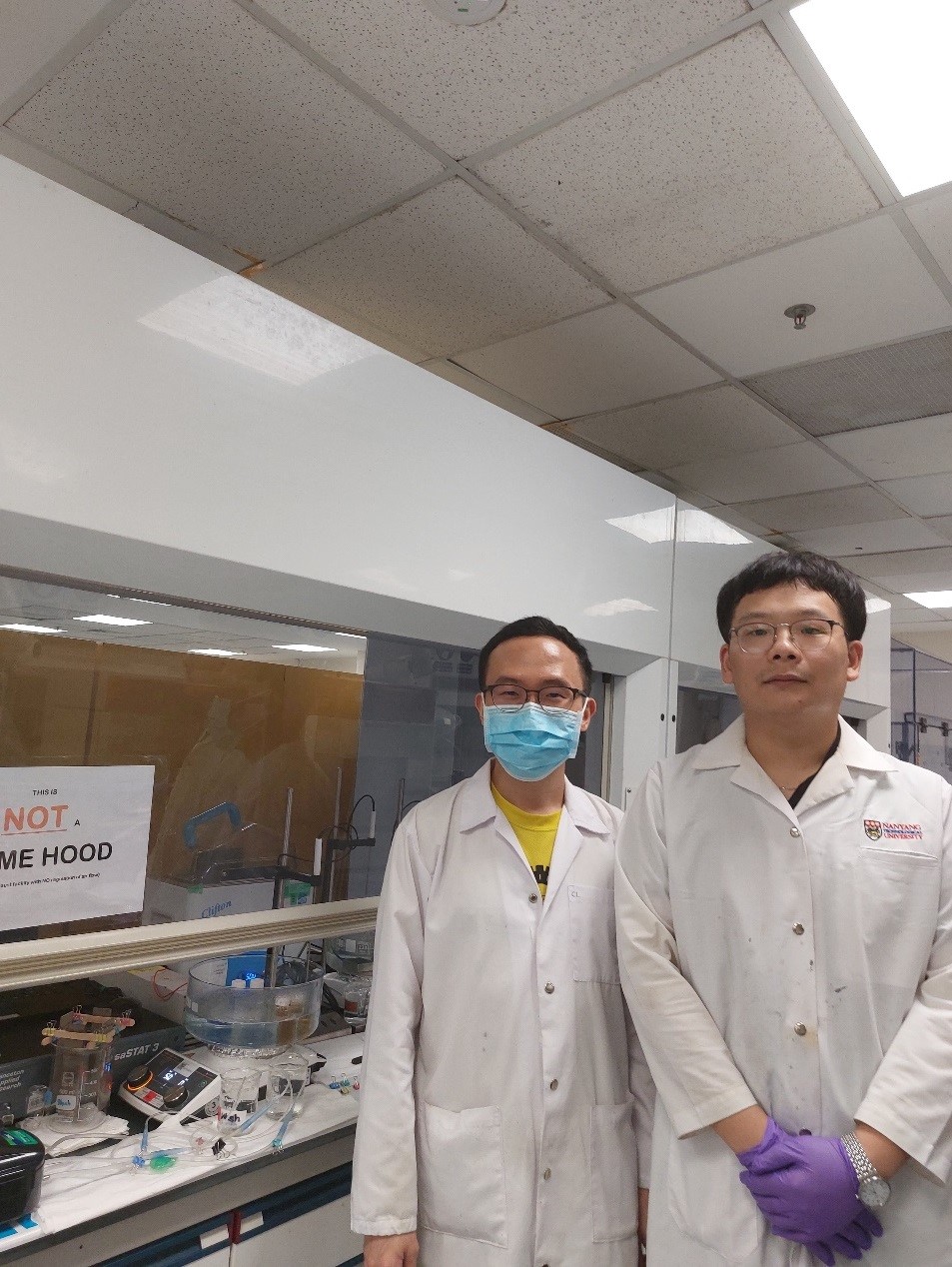
Residential environment in Singapore
During the 6-month joint research and study life, I lived in the guest room provided by a family of three. This one is clean and simple but has met my daily needs. I can share the bathroom, kitchen and living room with the host. The living facilities here are complete, so my life here is very convenient. This is a family of three, composed of Chinese-Singaporeans, and they have a lovely daughter. During the six months of living together, we have made a deep friendship. I often bring them some fruits, and they will also invite me to have a kilogram dinner during traditional holidays in Singapore. This allowed me to deeply experience the local culture, and it was a very unforgettable study life.
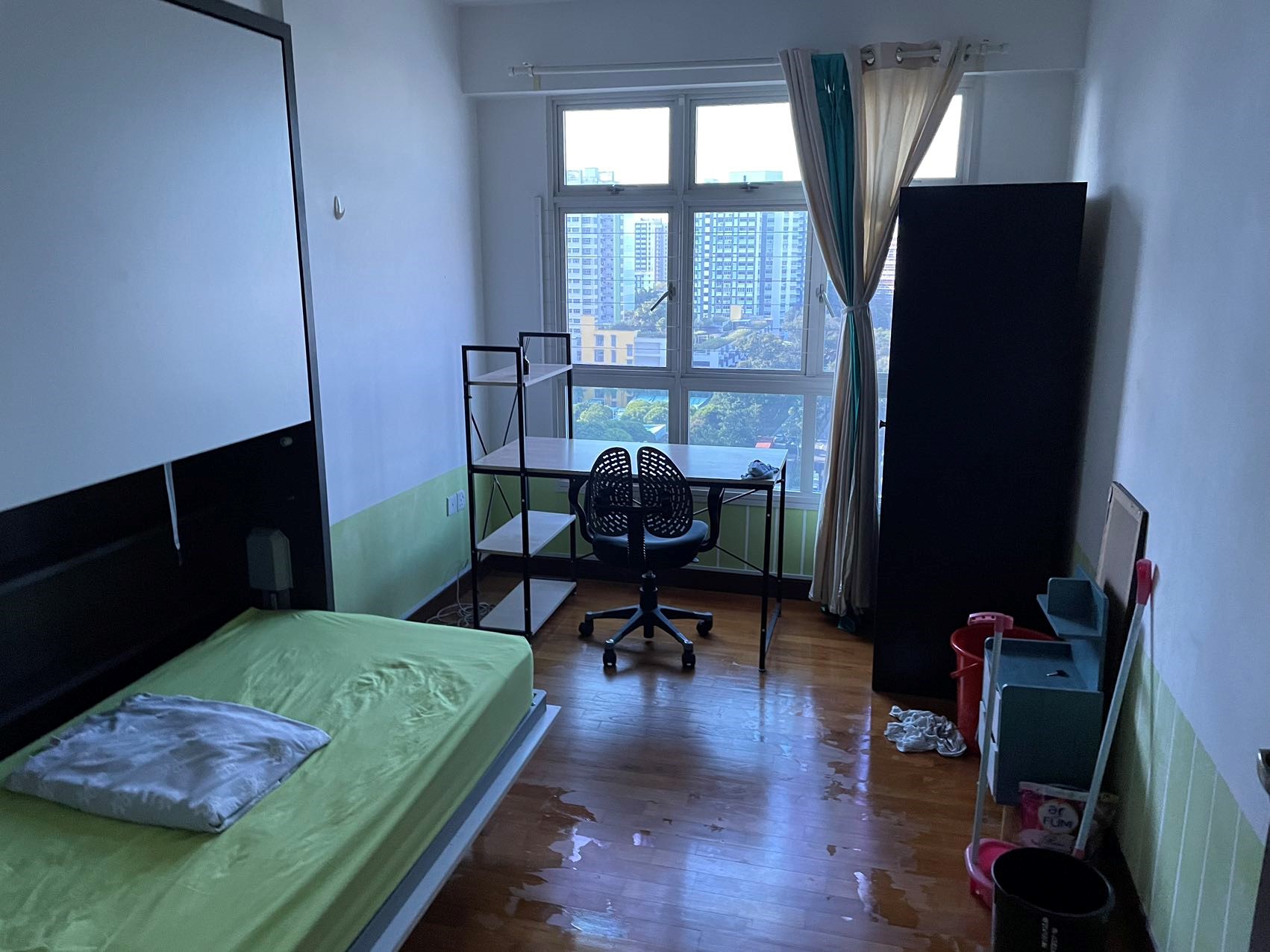
Surrounding environment
The community I live in is located in Lakeside, Singapore. In terms of living environment, Lakeside is a relatively quiet and peaceful area, with a mix of public housing and private developments. There are several shopping malls and markets in the area, including the Jurong Point Shopping Centre, which is one of the largest malls in Singapore. There are also plenty of restaurants and cafes that offer a range of international cuisines, from Japanese and Korean to Indian and Western. The transportation network in Lakeside and Singapore as a whole is excellent, with an extensive network of buses and trains that make it easy to get around. The Lakeside MRT station is located right next to the NTU campus, which makes it easy for students and faculty to travel to other parts of the city.
Local culture and other differences from Japan
Singapore has a unique and diverse culture, influenced by its history and multicultural population. Compared to Japan, Singapore has several important cultural differences.
One of the most notable differences is language. Singapore has four official languages: English, Chinese, Malay and Tamil. English is widely spoken and used as the language of business and government, but many other languages and dialects are also spoken in Singapore. Another key difference is food culture. Singapore is known for its vibrant and diverse food scene, which is influenced by Chinese, Malay, Indian and other cuisines. Hawker centers are open-air food courts that offer a variety of delicious and affordable dishes. I really like the food in Singapore, especially the southeast food. Here, I almost tasted traditional food from different countries and ethnic groups. In terms of social norms, Singaporeans tend to be more reserved and formal than the Japanese, and have strict laws and regulations on public behaviour. For example, littering, chewing gum, and jaywalking are all illegal in Singapore, and violations of these regulations carry hefty fines.
Another cultural difference is the pace of life. Singapore is a fast-paced and dynamic city-state with a strong focus on business and economic growth. In contrast, Japan is known for its emphasis on tradition, respect and harmony. Despite these cultural differences, there are many similarities between Singapore and Japan, such as a high emphasis on education, a high standard of living, and a strong emphasis on technology and innovation.
Influence on my future career
The six-month joint research time gave me ample time and opportunity to communicate and collaborate with young and promising researchers from all over the world. In this process, both my personal quality and scientific exploration ability have been improved. I have always aspired to be a creative researcher, and the good platform of NTU has allowed me to see advanced research directions and research strategies, which is of great help to my future career development.
Future goals after overseas study
First of all, I am very grateful to the TGU project for supporting me to study abroad. This is a very good platform, which will promote research in related fields while promoting students’ international literacy. The experience of this exchange student made me clearer about my future goals and direction. First is the future career path, this experience provided me with invaluable skills, knowledge and experience which I can use to advance your career. In addition, this experience also stimulated my desire for further knowledge. At NTU, I have learned and borrowed many advanced research ideas and research methods, and I have made my career goal clearer, which is to become a researcher with an international perspective. This experience also gave me a deeper understanding of other cultures and perspectives. I might form new friendships and relationships with people from different backgrounds, which can broaden your horizons and help you appreciate diversity.
All in all, it was a transformative experience that helped me grow personally and professionally. I hope to gain a new sense of independence, resilience and adaptability that will help me deal with future challenges and opportunities.
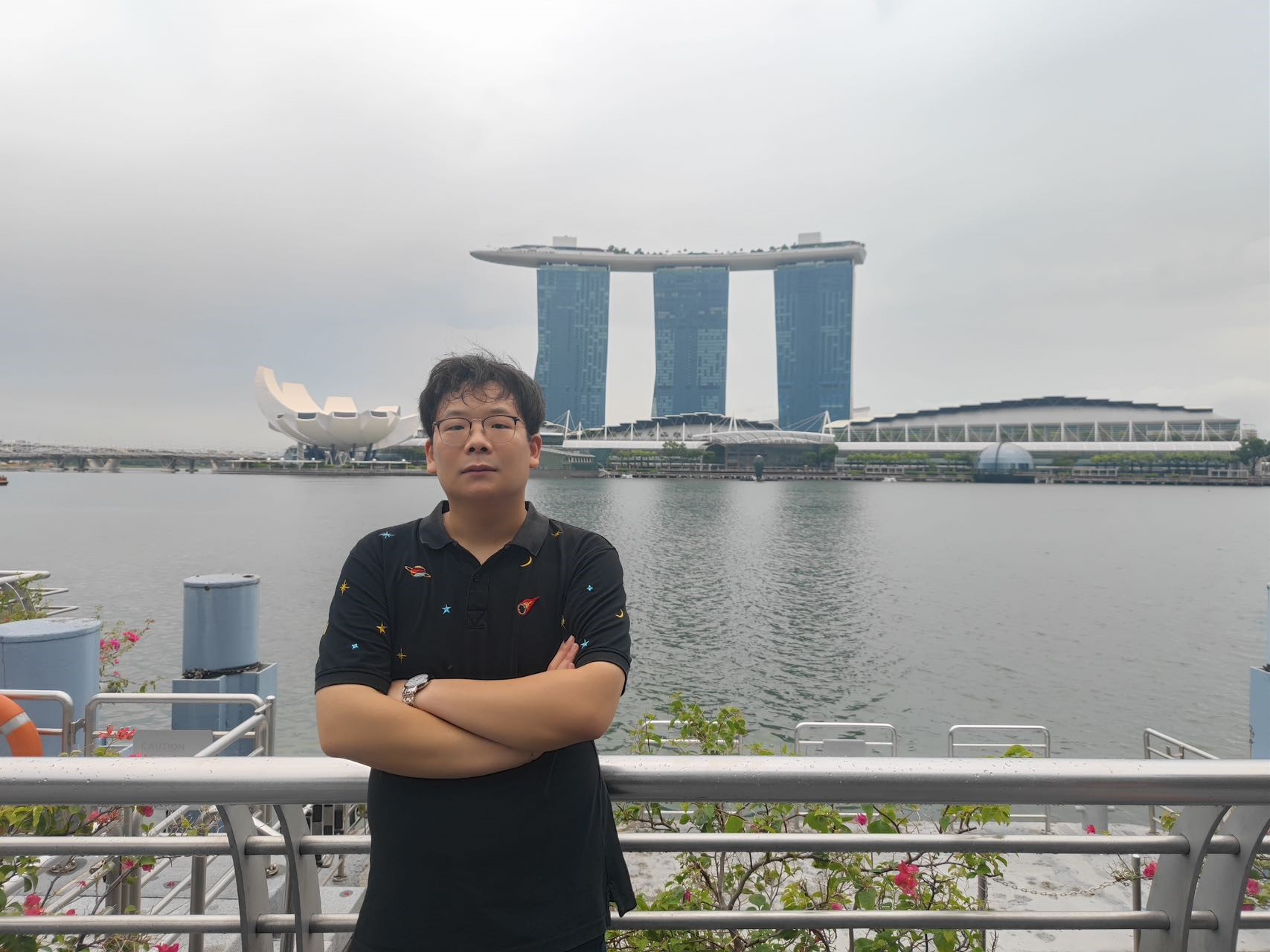
In conclusion
Here, I would like to express my gratitude to Waseda University, the TGU project, and the professors and staff who helped me with this joint research trip. I deeply feel the great role of this type of overseas study support program in promoting the development of the school, the personal development of students and even a certain research direction. I sincerely hope that TGU can develop better so as to help more Waseda University students increase their overseas experience, cultivate a global vision, and develop their excellent international literacy.
